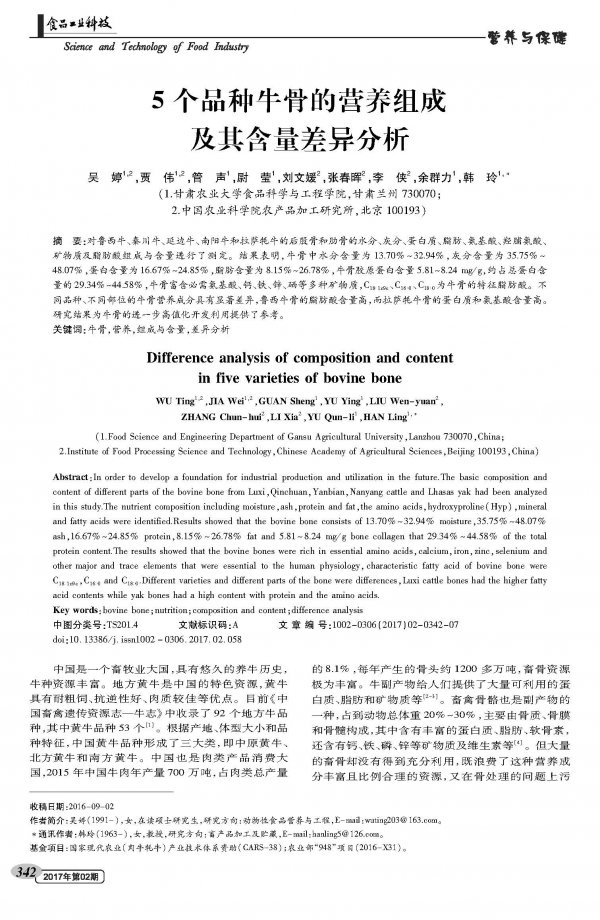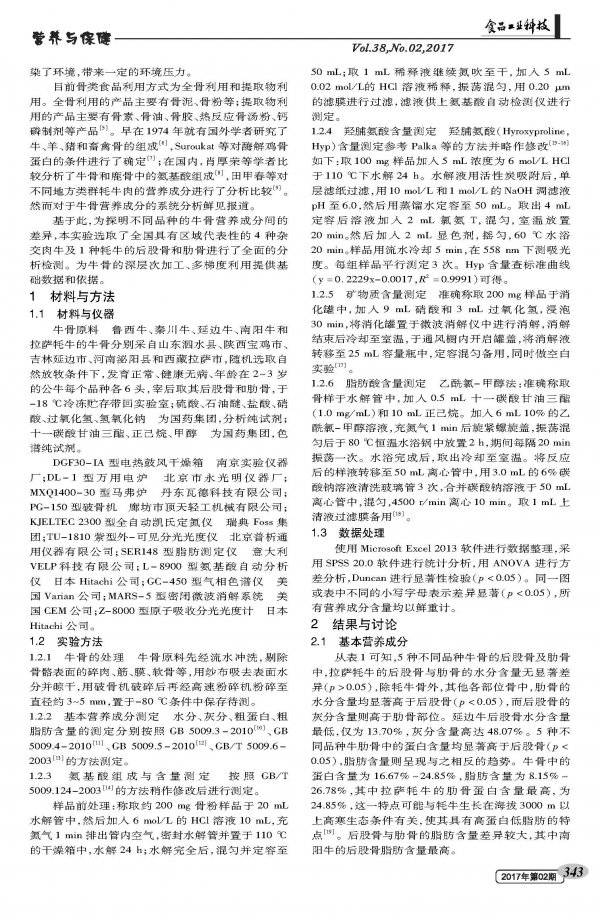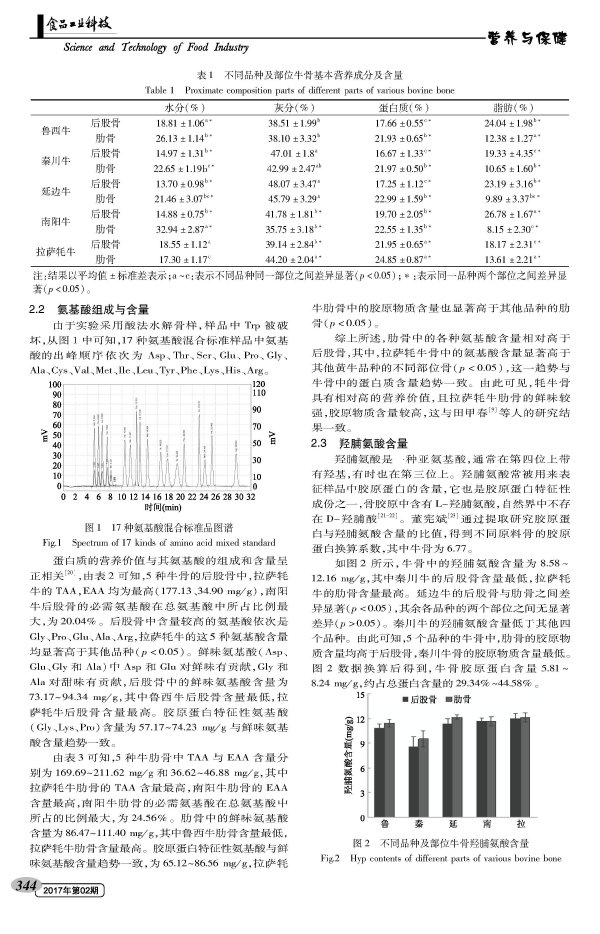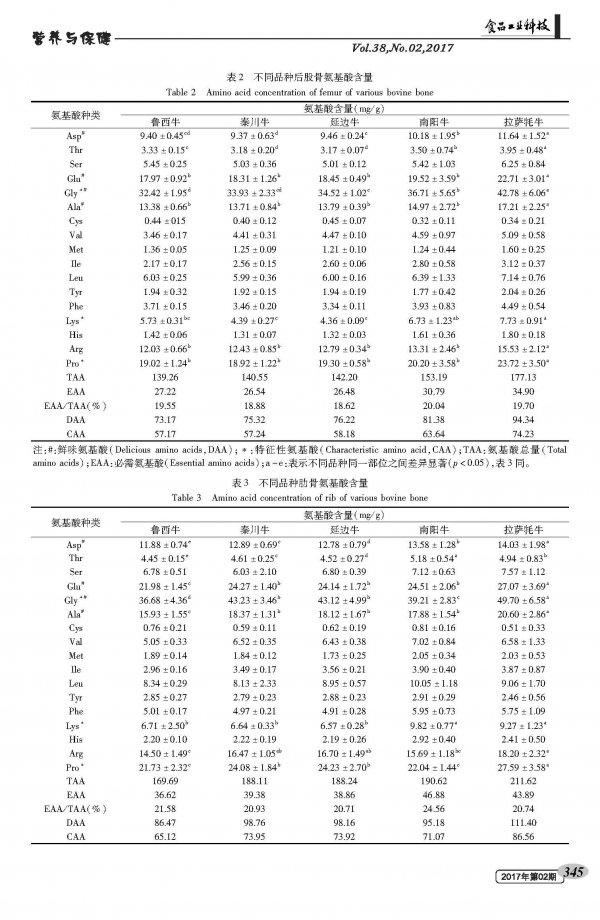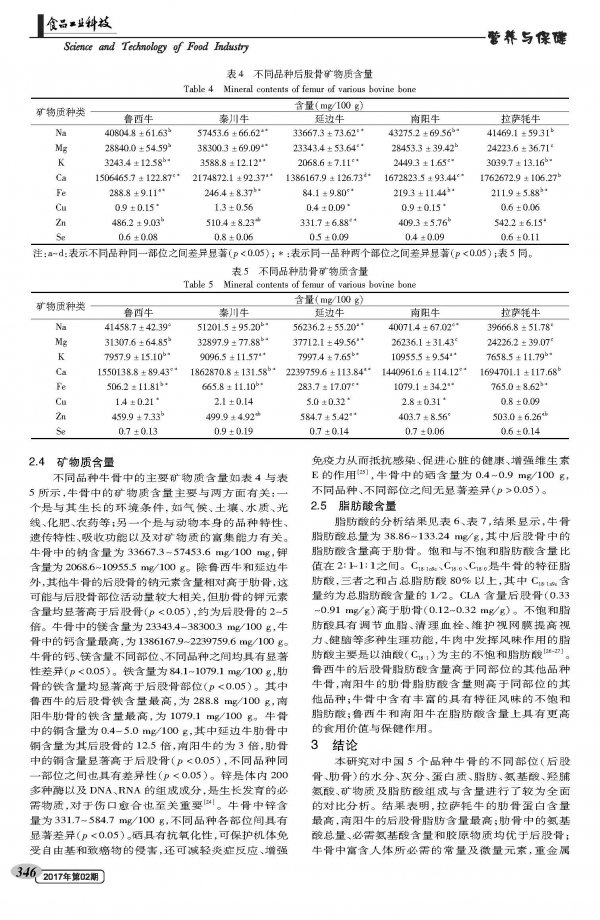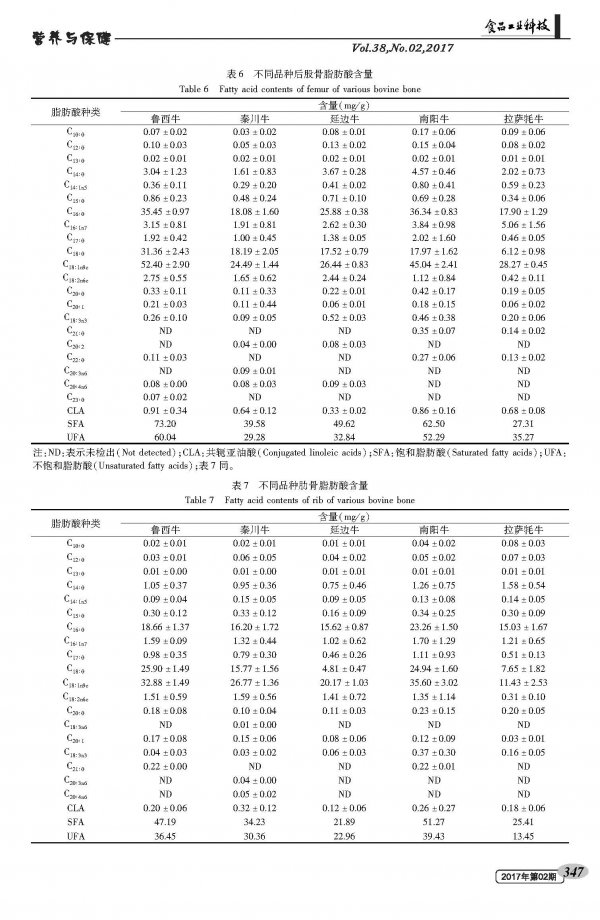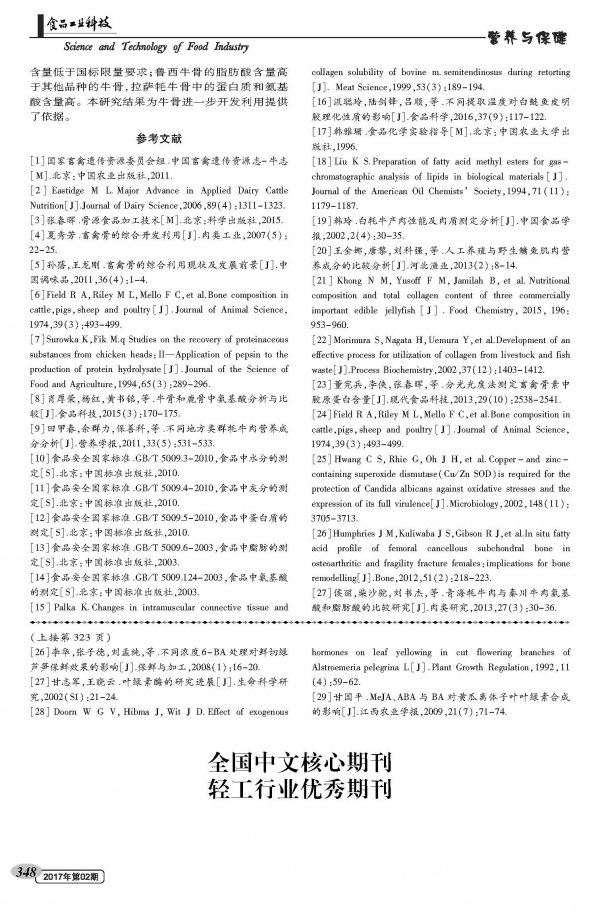China is a large animal husbandry country with a long history of raising cattle and abundant cattle resources. The local yellow cattle is a special resource of China. The yellow cattle have the advantages of resistance to rough feeding, good resistance to stress and good meat quality. At present, 92 Chinese cattle breeds are included in the "China's Livestock and Poultry Genetic Resources - Niuzhi", including 53 yellow cattle breeds. According to the origin, size and variety characteristics, Chinese yellow cattle breeds have formed three major categories, namely Zhongyuan Yellow Cattle, Northern Yellow Cattle and Southern Yellow Cattle. China is also a major consumer of meat products. In 2015, China's annual output of beef was 7 million tons, accounting for 8.1% of the total meat production. The annual bone production is about 12 million tons, and the animal bone resources are extremely rich. Bovine by-products provide people with a large amount of available protein, fat and minerals. Livestock and poultry bones are also a by-product, accounting for 20-30% of the total weight of animals, mainly composed of bone, periosteum and bone marrow, which are rich in protein, fat, chondroitin, and also contain calcium, iron, phosphorus and zinc. Such as minerals and vitamins. However, a large number of animal bones have not been fully utilized, which wastes such resources with abundant nutrient content and reasonable proportions, and pollutes the environment on the problem of bone treatment, bringing certain environmental pressures. At present, the utilization of bone foods is for whole bone utilization and extraction of materials. The products used in the whole bone mainly include bone mud, bone powder, etc.; the products used in the extract mainly include bone, bone oil, bone glue, heat reaction bone soup powder, calcium phosphorus preparation and other products. As early as 1974, foreign scholars studied the composition of bones of cattle, sheep, pigs and livestock. Suroukat et al. determined the conditions for enzymatic hydrolysis of chicken bone protein. In China, Xiao Hourong and other scholars compared the bones and deer bones. Amino acid composition, Tian Chunjia et al. analyzed and compared the nutrient composition of different local groups of yak meat. However, systematic analysis of the nutrient composition of bovine bone has rarely been reported. Based on this, in order to find out the difference between the nutrients of different varieties of bovine bone, this experiment selected four representative hybrid beef cattle in the country and a post-femur and rib of a kind of yak for comprehensive analysis and detection. Provide basic data and basis for deep processing and multi-gradient utilization of bovine bone. 